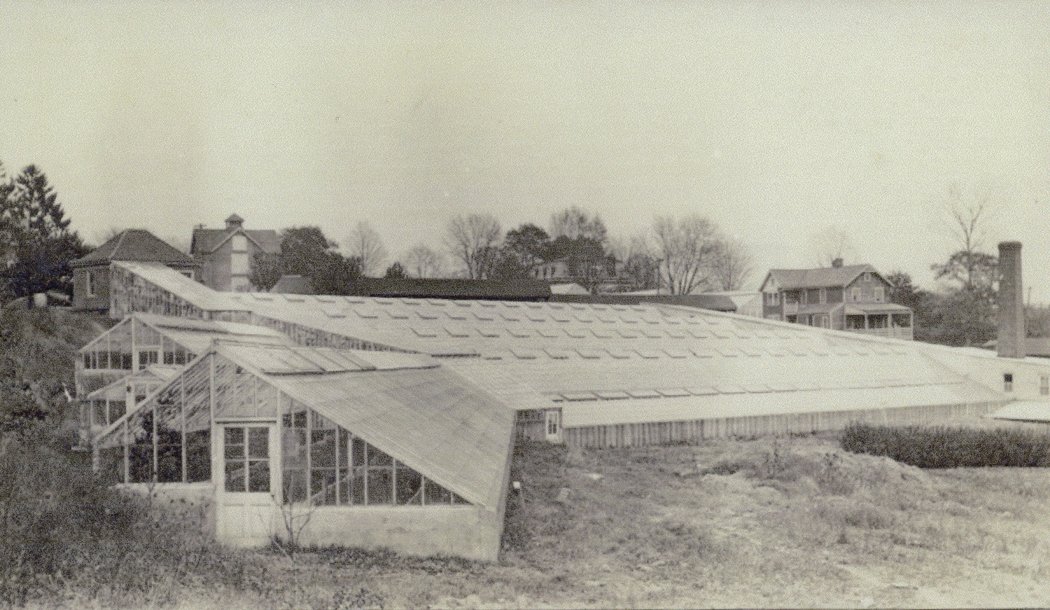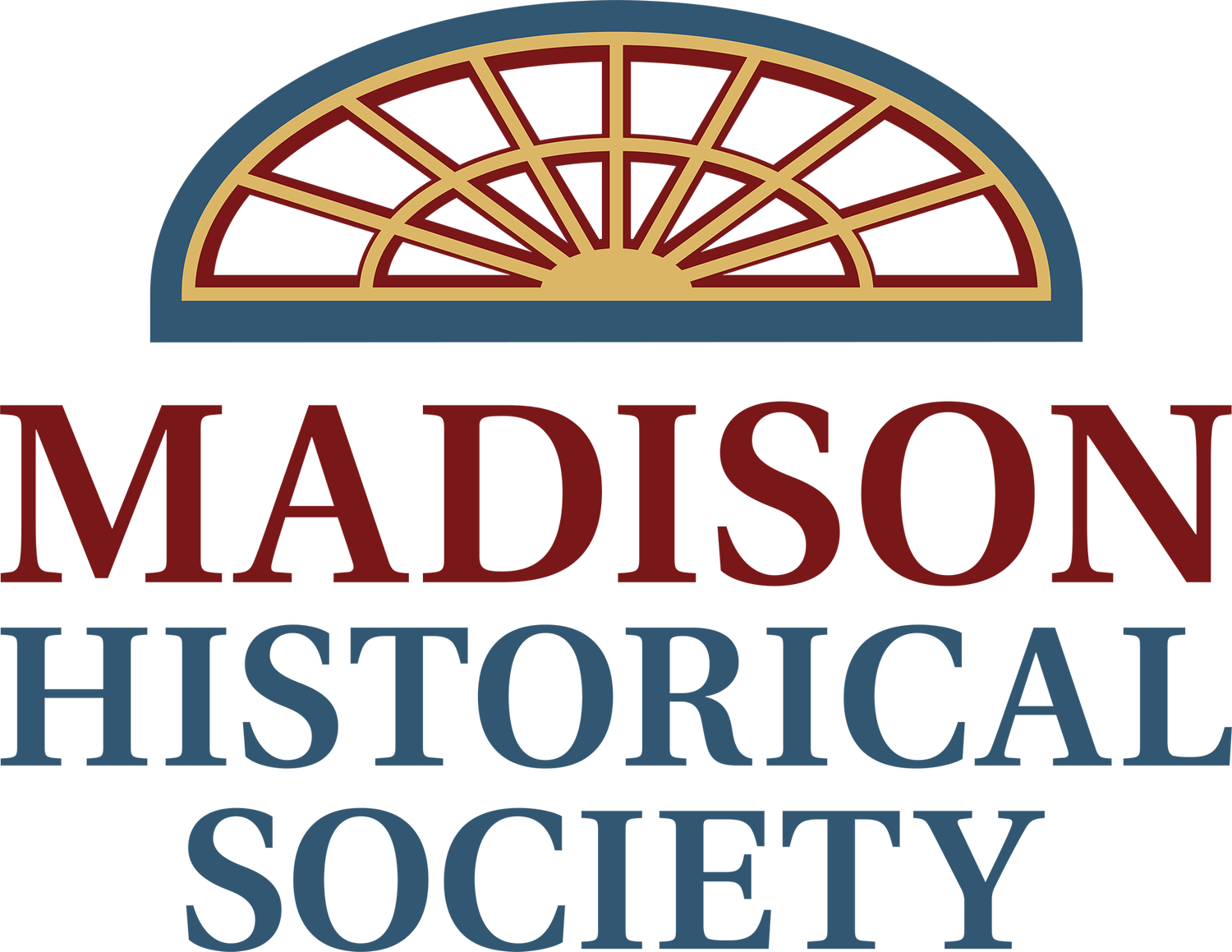
Rose greenhouses
History of Our Name
Why Was This Area First Known As “Bottle Hill”?
There is much speculation over how during the early years this area got the name “Bottle Hill.” No comprehensive history of the area was attempted until Reverend Samuel Tuttle’s handwritten journal of the remembrances of old timers and available records in 1855. The earliest known map showing Bottle Hill is dated 1777, hence at least 80 years had passed since the area took its name and Reverend Tuttle’s efforts. Therefore, none of the following stories of the origin of the name are provable:
In 1716, 870 acres of land were given to John Hayward, which included most of Chatham and some of Madison to what is now the Main Street and Rosedale Avenue area. This particular property, which was in the shape of a long neck bottle situated between two hills, was known as a “bottle lot.” The name later became “Bottle Hill.”
Since many people were illiterate, a bottle was hung outside the first “public house.” This story is attributed to Luke Miller although its veracity is disputed.
There is a story of two indigenous men who broke a bottle in a fight near the present corner of Ridgedale and Park Avenues. The spot was known as “battle hill” which became “Bottle Hill.” Irrespective of which, if any, of these stories is true, the village that grew up in this area was called Bottle Hill.
How Bottle Hill Became Madison
Around 1830, a temperance movement became particularly strong in the village of Bottle Hill. The population of Madison in 1832 was 500 and 420 of them were members of the Madison Total Abstinence Society, led by Matthias L. Burnett, a prominent citizen of Bottle Hill and a wheelwright by trade. For many of these citizens, the very name “Bottle Hill” was totally unacceptable because it conjured-up an image of a community of drunkards. The name had to be changed. Two large public meetings were held on the issue, but many smaller conferences were also held in the store of a Mr. Sharp. The larger meetings were held at the Madison Academy and at the first meeting on April 2, 1834, the name of Jefferson was proposed. When the Postmaster General was notified, he replied that there were already one or two Post Offices in New Jersey with that name, and suggested a change. Because no resolution was reached at that first meeting a second was held on August 30 and at that meeting the name Madison was narrowly approved as the borough’s new name.
While we know why the name Jefferson was not chosen, it remains somewhat of a mystery as to why the name Madison was chosen. True, Madison was the President of the nation from 1809-1817 and revered as one of the great founding fathers. Further, Madison Academy already had its name and was a very important institution in the town. So it may have been that picking Madison was a logical choice.

